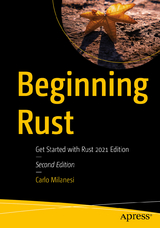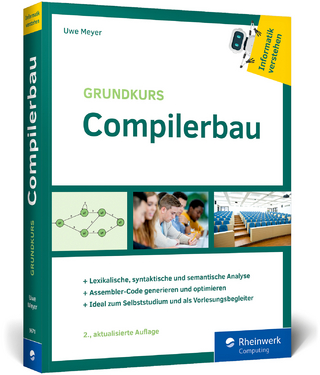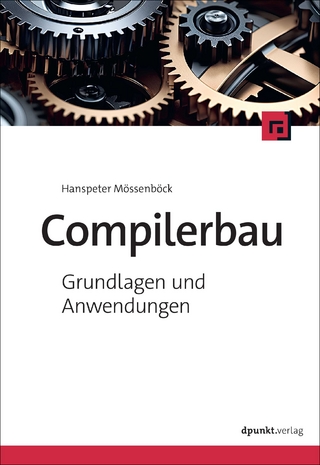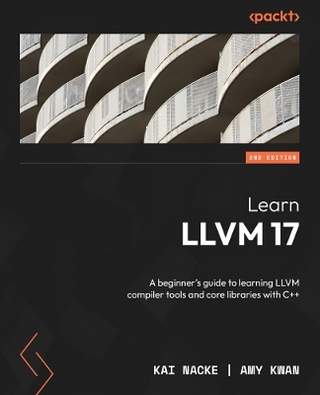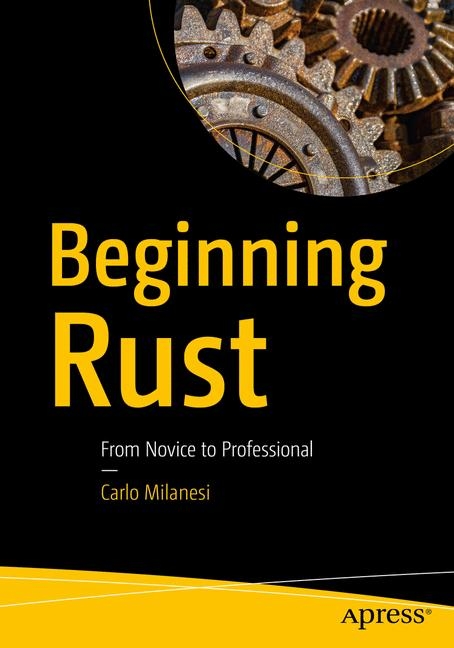
Beginning Rust
Apress (Verlag)
978-1-4842-3467-9 (ISBN)
- Titel erscheint in neuer Auflage
- Artikel merken
Beginning Rust starts with the basics of Rust, including how to name objects, control execution flow, and handle primitive types. You’ll see how to do arithmetic, allocate memory, use iterators, and handle input/output. Once you have mastered these core skills, you’ll work on handling errors and using the object-oriented features of Rust to build robust Rust applications in no time.
Only a basic knowledge of programming is required, preferably in C or C++. To understand this book, it's enough to know what integers and floating-point numbers are, and to distinguish identifiers from string literals.
After reading this book, you'll be ready to build Rust applications.
What You'll Learn
Get started programming with Rust
Understand heterogeneous data structures and data sequences
Define functions, generic functions, structs, and more
Work with closures, changeable strings, ranges and slices
Use traits and learn about lifetimes
Who This Book Is For
Those who are new to Rust and who have at least some prior experience with programming in general: some C/C++ is recommended particularly.
Carlo Milanesi is a professional software developer and expert who uses Rust. He has contributed to the Rust development community, and also has done web application development in Linux with PHP, JavaScript, Java, Ionic and Vaadin frameworks. Lastly, he has been in involved in these other technologies: GUI design, 2D and 3D rendering, testing automation, database access. Carlo's applications include CAM/CAM for the stone machining industry, lens cutting laboratory automation, and corporate-wide web applications.
1. Introduction2. Printing on Terminal3. Doing Arithmatic4. Naming Objects5. Controlling Execution Flow6. Using Data Sequences7. Using Primitive Types8. Enumerating Cases9. Using Heterogeneous Data Structures10. Defining Functions11. Defining Generic Functions and Structs12. Allocating Memory13. Data Implementation14. Defining Closures15. Using Changeable Strings16. Ranges and Slices17. Using Iterators18. Input/Output and Error Handling19. Using Traits20. Object-Oriented Programming21. Standard Library Collections22. Drops, Moves, and Copies23. Borrowing and Lifetimes24. More about Lifetimes
| Erscheinungsdatum | 11.04.2018 |
|---|---|
| Zusatzinfo | 3 Illustrations, black and white; XVII, 376 p. 3 illus. |
| Verlagsort | Berkley |
| Sprache | englisch |
| Maße | 178 x 254 mm |
| Gewicht | 751 g |
| Themenwelt | Mathematik / Informatik ► Informatik ► Programmiersprachen / -werkzeuge |
| Informatik ► Theorie / Studium ► Compilerbau | |
| Schlagworte | Beginner • Beginning • C • C++ • Code • language • learn • Memory • Open Source • Performance • programming • Rust • source • Step by Step • Tutorial |
| ISBN-10 | 1-4842-3467-7 / 1484234677 |
| ISBN-13 | 978-1-4842-3467-9 / 9781484234679 |
| Zustand | Neuware |
| Haben Sie eine Frage zum Produkt? |
aus dem Bereich
